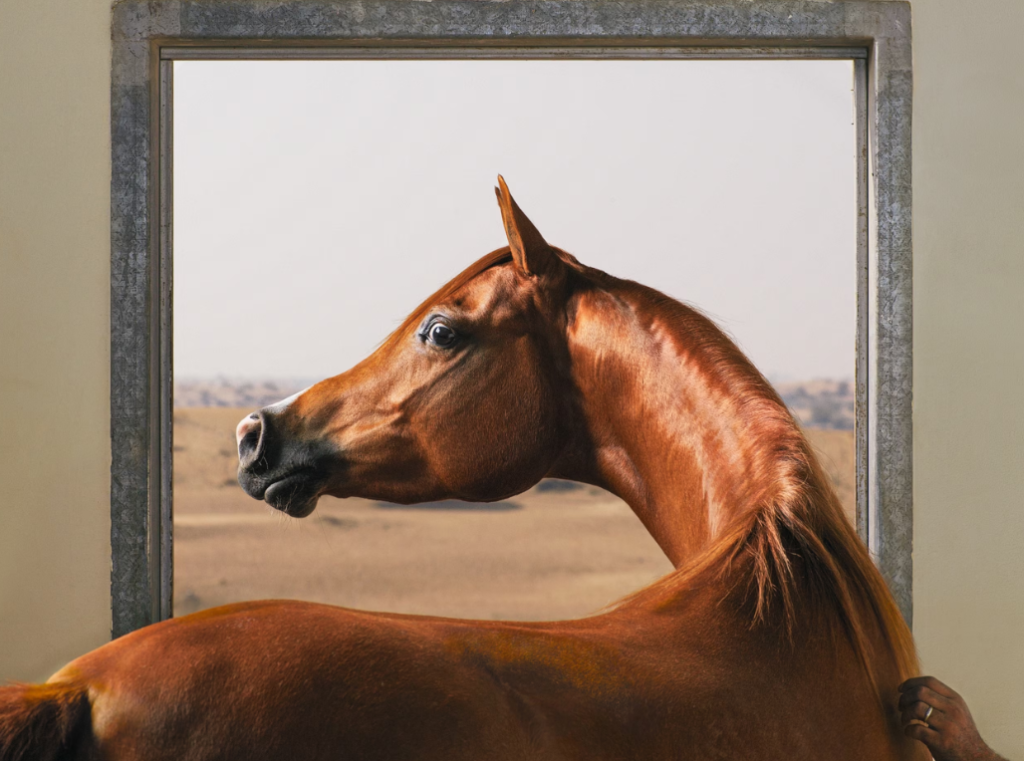
Let’s face it: When it comes to expressions, a horse is no one-trick pony. Recent findings have revealed that our equine friends use 17 discrete facial movements to communicate. That’s 10 fewer than humans—but one more than dogs and four more than chimpanzees.
Researchers at the University of Sussex discovered this by dissecting a horse head and identifying the musculature below its facial features. Then they watched behavioral footage—15 hours of video showing 86 male and female horses, from a variety of breeds, ranging in age from four weeks to 27 years.
The last step was to use a tool called EquiFACS (Equine Facial Action Coding System) to catalog the eye, lip, nostril, and chin movements they’d observed. The result: a gestural map that suggests evolutionary parallels among varied species.
Jennifer Wathan, the study’s lead author, says the similarities between horse movements and human ones are striking. They include raising inner eyebrows (“puppy-dog eyes”) to show fear, surprise, or sadness; pulling back lip corners (smiling) in greeting or submission; and opening eyes wide to indicate alarm.
Wathan says these findings can help us better understand interspecies relationships. Systems like EquiFACS “create a common language to objectively make comparisons across species—even those with totally different-shaped faces.”
Her team’s research, which is already helping veterinarians and trainers, could also connect facial expressions to emotional states. “We don’t know much about the emotional lives of animals,” she says. “What does a positive emotion look like? This tool could help us see it.”
